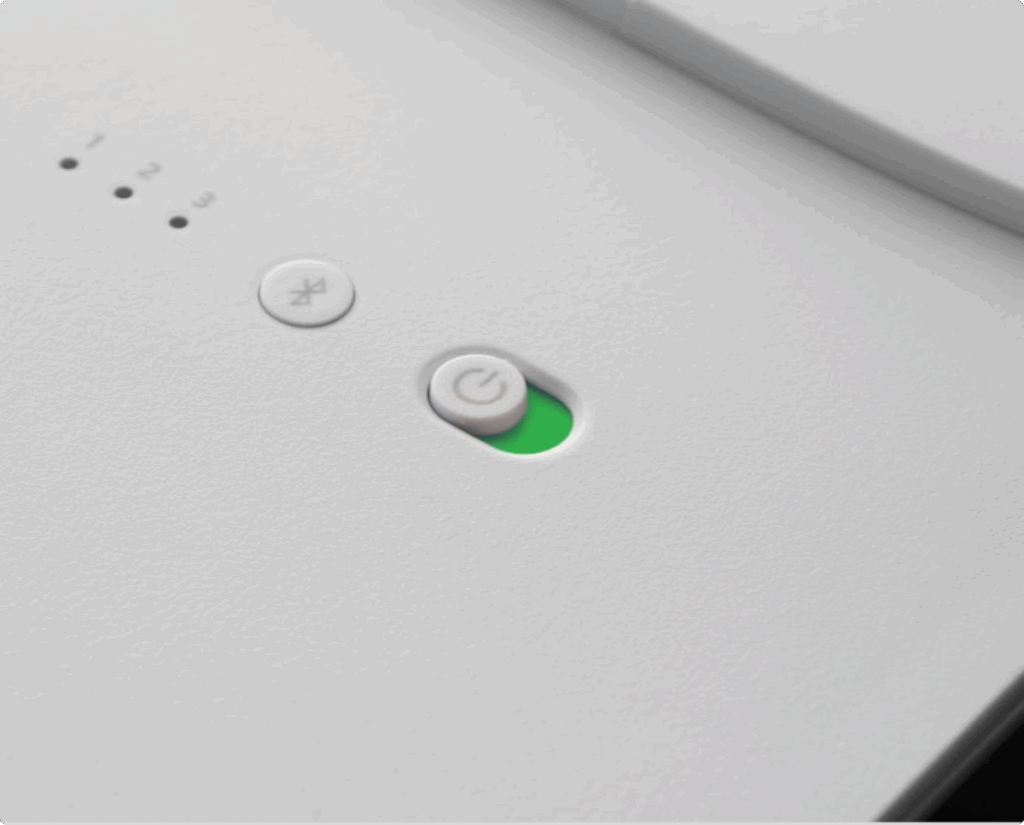Under the Private Health Insurance Act 2007, a health insurer may impose a 12 month waiting period on benefits for hospital treatment for a pre-existing condition. Some important facts to remember about this rule:
- A pre-existing condition is defined by law as any ailment, illness, or condition that you had signs or symptoms of during the six months before you joined a hospital cover or upgraded to a higher hospital policy.
- It is not necessary that you or your doctor knew what your condition was or that the condition had been diagnosed. A condition can still be classed as pre-existing even if you hadn’t seen your doctor about it before starting the hospital cover or upgrading to a higher hospital policy.
- The decision is made by a medical practitioner appointed by your insurer.
- In forming an opinion about whether or not an illness was pre-existing, the medical practitioner must take into account information provided by your own doctor.
- Your health insurer will need time to advise you if your condition is pre-existing, so check with your insurer well before you go to hospital to make sure you are covered.
- Even if you have a pre-existing condition, health insurer must allow you to purchase any type of cover, at the same price as any other person. Once you have served any waiting periods, you will be entitled to claim.
The exceptions to the 12 month waiting period for pre-existing conditions are psychiatric treatment, rehabilitation and palliative care. These services have a two month waiting period, even if the condition pre-existing.
In some cases, you may be able to access an exemption to the two month waiting period for upgrading psychiatric benefits - see Mental health - waiting period exemption.
For more information, see the Ombudsman's factsheet on the pre-existing conditions rule.
Source - https://privatehealth.gov.au/health_insurance/howitworks/waiting_periods.htm















